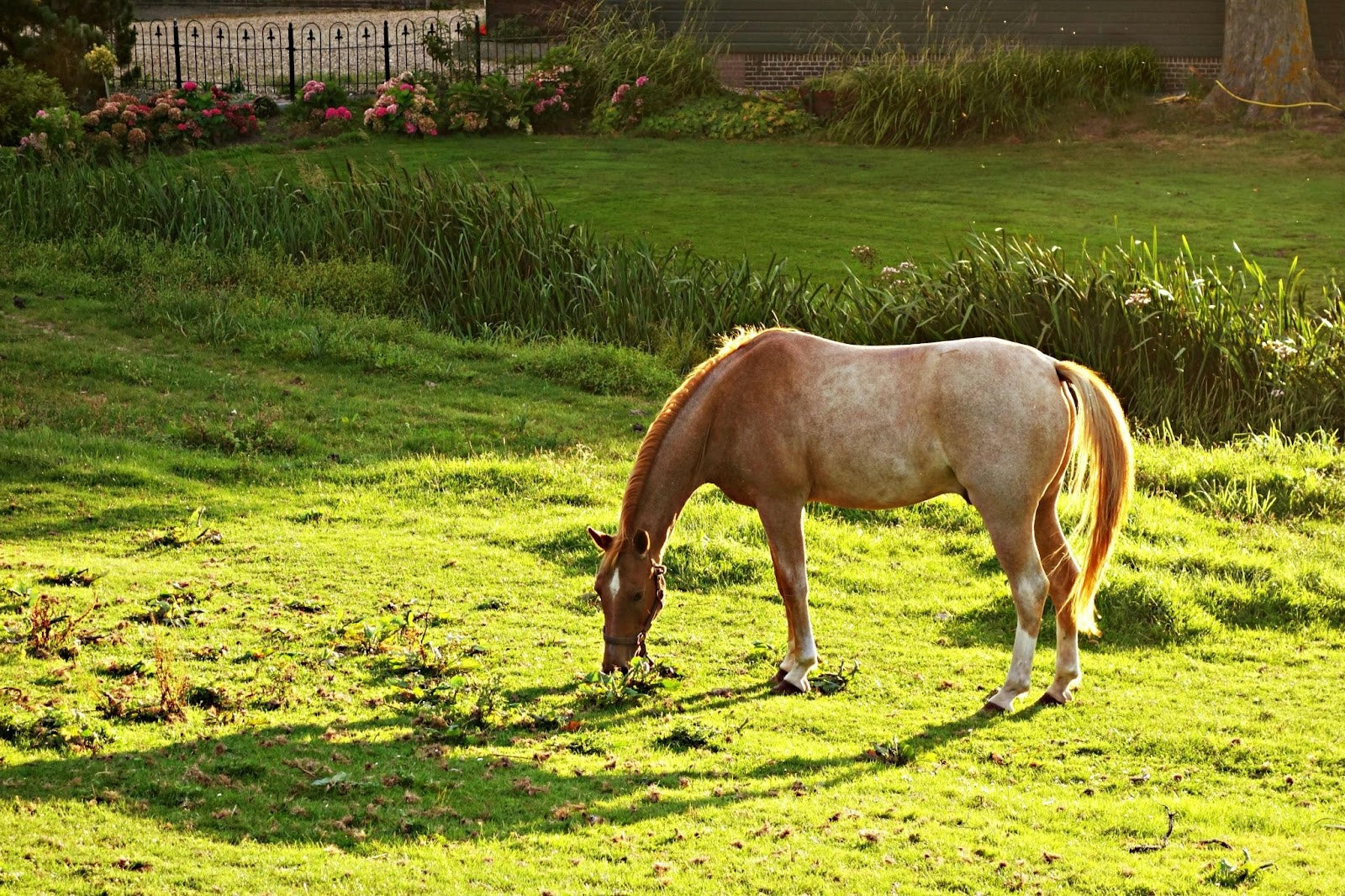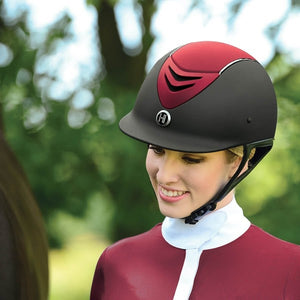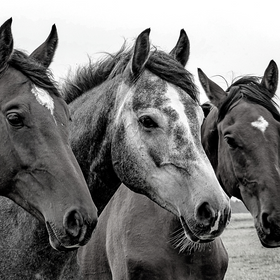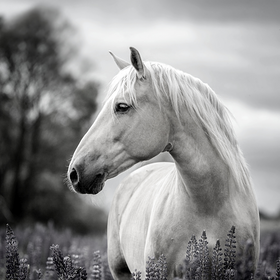
Workout Plan for Pasture Pets
Has your horse become a beautiful pasture pet recently? With work, school, and other life activities, riding sometimes needs to take a back seat for a little while. But, when it is time to get back into the saddle, it’s important to properly rebuild your horse’s muscles and endurance. Here are some tips for getting your pasture pet back into shape.
Creating a Plan
Creating a workout plan for your pasture horses may seem daunting. It is similar to creating a workout plan for yourself after taking an extended break from the gym. You must take things slow and build endurance before pushing for harder/more strenuous rides. First, assess your horse’s current fitness level. Are they overweight? Have they been spending a lot of time in a stall or small paddock? Use this information to create a reasonable plan for your horse over the next few months.
Set Some Goals
Before creating a workout plan, you need to set goals. This will help you make the best possible plan. You want to be realistic. Consider your horse’s age, breed, fitness level, and health history. Reasonable goals might include weight loss, building muscle, and increasing endurance.
Exercise Types and Frequency
For some horses, hand walking or lunging is an excellent place to start. For horses ready for a higher physical demand, consider interval work. Changing gaits at specific intervals is a great way to build cardiovascular health and hind quarter and back muscles. Start with longer intervals, such as eight strides of walking, then four strides of trotting. Decrease the number of strides between transitions as your horse becomes more fit. Working your horse at least three times per week can quickly produce results, but that is not always possible for everyone’s schedules. Select consistent days that work for you throughout the week and stick to it. Consistency is key!
Recommended Exercises
Warm up your horse before starting your workout, whether you are lunging or riding. Warming up your horse can help reduce the risk of muscle strain, especially for out-of-shape horses. Cooling down after your ride or lunge is equally important. As your horse builds cardiovascular stamina, they will likely need a longer time for muscles to cool down and their heart rate to decrease.
Stretching
As horses stand in the field, they often lose vertical flexibility. Most horses are not lifting their ribcages daily! You can do this flexion exercise on the ground or in the saddle, and they are a great addition to your warm-up and cool-down routine. Doing one side at a time, flex your horse’s head around to the girth. Release the pressure as soon as they relax into the stretch. You can also stretch your horse’s shoulders from the ground by lifting their leg and extending it to the front (similar to how your farrier does). Be careful not to lift too high or too quickly. Older horses, especially, can get sore with too much initial stretching.
Hill Work or Cavalettis
Working your horse on gradual hills is a great way to build strength and stamina. The slight incline raises the heart and breathing rate. Start with walking up and down the hill at a slow pace. If your hills are gradual, you can increase your speed to trot the hills. Be cautious on steeper hills and stay at a walk to prevent slipping. Ground polls or cavalettis can provide the same benefit if you do not have hills available. Your horse needs to lift their feet a bit higher to clear the obstacle on the ground. This increases heart and breathing. Depending on your horse's physical fitness, you can ride or lunge over cavalettis at a walk, trot, or canter.





